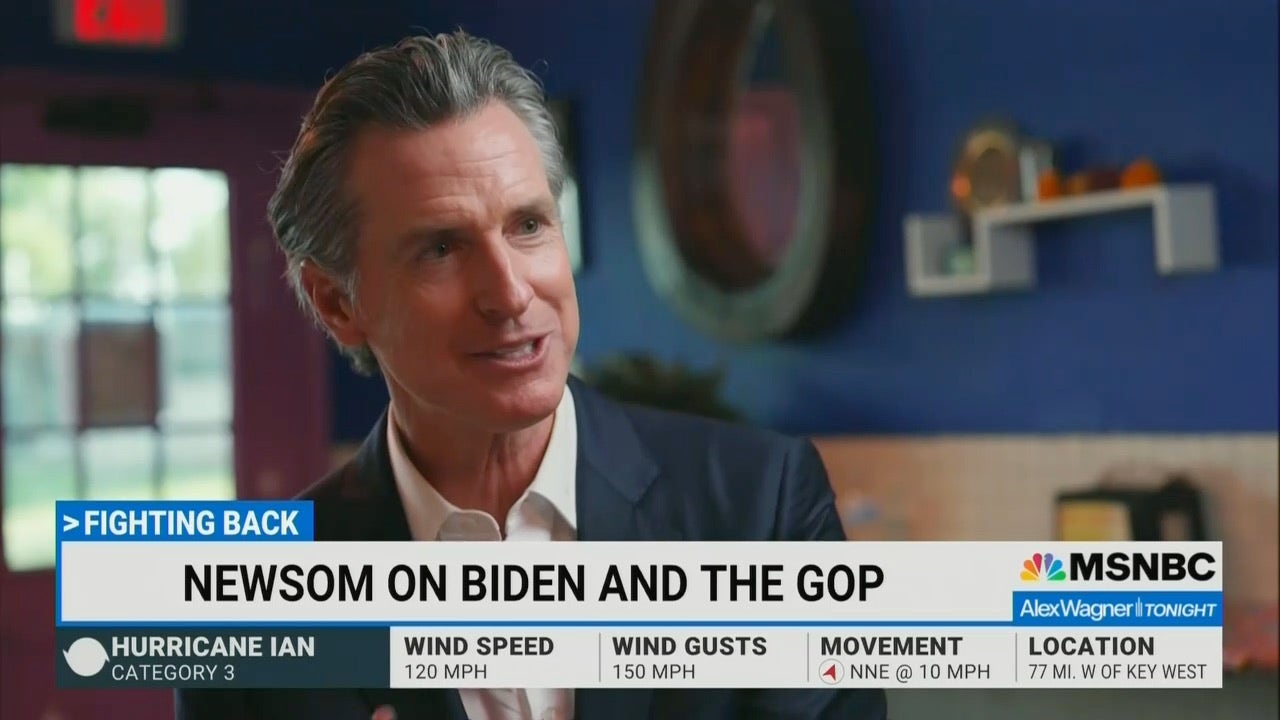Trump's Economic Policies And The Future Of The Federal Reserve

Table of Contents
Trump's Key Economic Policies and Their Impact
Trump's economic agenda was characterized by significant tax cuts, deregulation efforts, and protectionist trade policies. Let's examine the impact of each.
Tax Cuts and Jobs Act of 2017
The Tax Cuts and Jobs Act of 2017 drastically reduced corporate and individual income tax rates. While proponents argued this would stimulate economic growth and create jobs, critics raised concerns about its impact on the national debt.
- Increased corporate profits: Lower corporate tax rates led to a surge in corporate profits, though the extent to which this translated into increased investment and job creation remains debated.
- Stimulus to economic activity (short-term vs. long-term): The tax cuts provided a short-term boost to economic activity, but the long-term effects are still unfolding. Some economists argue the stimulus was temporary and unsustainable.
- Debate around its effectiveness: The effectiveness of the tax cuts is a subject of ongoing debate, with differing perspectives on its contribution to long-term economic growth and its impact on income inequality.
- Increased budget deficit: The tax cuts significantly widened the federal budget deficit, adding to the national debt. This has long-term implications for fiscal sustainability.
Deregulation Efforts
The Trump administration pursued aggressive deregulation across various sectors, including finance, environment, and healthcare. This aimed to reduce the regulatory burden on businesses and foster economic efficiency.
- Reduced regulatory burdens on businesses: Deregulation undeniably reduced compliance costs for businesses, potentially boosting productivity and investment in some sectors.
- Potential risks to consumer protection: Critics argue that deregulation weakened consumer protections and environmental safeguards, increasing risks to public health and safety.
- Impact on environmental regulations: Relaxing environmental regulations raised concerns about increased pollution and negative impacts on the environment.
- Long-term consequences: The long-term economic and social consequences of deregulation are still being assessed and are likely to be complex and far-reaching.
Trade Policies and Their Implications
Trump's administration initiated several trade wars, notably imposing tariffs on goods from China and other countries. These actions aimed to protect domestic industries but also disrupted global trade relationships.
- Increased trade tensions: The tariffs led to retaliatory measures from other countries, escalating trade tensions and creating uncertainty in global markets.
- Impact on specific sectors (e.g., agriculture, manufacturing): Certain sectors, such as agriculture and manufacturing, were significantly affected by the trade wars, facing both challenges and opportunities.
- Retaliatory tariffs: Retaliatory tariffs imposed by other nations impacted American businesses and consumers, leading to increased prices and reduced choices.
- Effect on global supply chains: The trade disputes disrupted global supply chains, increasing costs and causing delays for businesses worldwide.
The Federal Reserve's Response to Trump's Policies
The Fed, with its dual mandate of maintaining price stability and full employment, faced the complex task of navigating the economic environment created by Trump's policies.
Maintaining Price Stability and Full Employment
The Fed utilized various monetary policy tools, including interest rate adjustments and quantitative easing, to manage inflation and unemployment in response to the fluctuating economic conditions.
- Challenges in balancing inflation and unemployment: Balancing the competing goals of controlling inflation and fostering employment proved challenging under the circumstances.
- Impact of fiscal policy on monetary policy decisions: The Fed's decisions were significantly influenced by the fiscal policies implemented by the Trump administration.
- Fed's communication strategies during this period: The Fed’s communication strategies were crucial in guiding market expectations and managing uncertainty.
Challenges and Uncertainties Faced by the Fed
The Fed encountered numerous uncertainties in responding to the rapidly changing economic landscape.
- Uncertainty related to trade wars: The unpredictable nature of the trade wars created significant uncertainty for the Fed in forecasting economic growth and inflation.
- Impact of tax cuts on inflation: The tax cuts’ impact on inflation presented a challenge for the Fed in managing monetary policy.
- Challenges in forecasting economic growth: Forecasting economic growth became significantly more difficult due to the volatility introduced by Trump's policies.
- Political pressure on the Fed’s independence: The Fed faced potential political pressure to prioritize specific economic goals, potentially compromising its independence.
The Lasting Legacy on the Federal Reserve's Future
Trump's economic policies have left a lasting imprint on the US economy, impacting the Fed’s future operations and approach to monetary policy.
Long-Term Economic Consequences
The long-term consequences of Trump's policies on key economic indicators such as GDP growth, inflation, and unemployment, are still unfolding. Further research is needed to fully understand their lasting impact.
The Fed's Evolving Role
The experiences of the Trump era are likely to shape the Fed's approach to monetary policy in the future. The Fed may refine its forecasting models, communication strategies, and tools to better manage uncertainty and navigate similar challenges in the future.
Implications for Future Administrations
The relationship between the executive branch and the independent central bank will likely continue to be a point of discussion and potential conflict for future administrations. The need for clear communication and cooperation between fiscal and monetary policymakers remains crucial.
- Lessons learned from the Trump era: The Trump era has provided valuable lessons on the challenges of coordinating fiscal and monetary policies, and the importance of clear communication and transparency.
- Potential future policy adjustments: Future administrations may adjust their economic policies based on the lessons learned during the Trump presidency.
- Increased scrutiny of the Fed’s independence: The Fed’s independence may face increased scrutiny and debate in the coming years.
Conclusion: Understanding Trump's Economic Impact and the Fed's Path Forward
Trump's economic policies presented significant challenges for the Federal Reserve, forcing the institution to navigate an unprecedented level of uncertainty. The long-term consequences of these policies, including the impact on the national debt and the Fed’s future operations, are still developing. Understanding the complex interplay between Trump's economic policies and the Federal Reserve's response is critical for informed discussion and policymaking. To further your understanding of these critical issues, we encourage you to continue researching the Federal Reserve's role and the lasting impact of Trump's economic policies on the US economy. Explore reputable sources like the Federal Reserve's website, academic journals, and reports from respected economic think tanks. The future of the US economy hinges on a thorough understanding of this complex interplay.

Featured Posts
-
 Newsoms Bannon Podcast Interview Draws Sharp Republican Criticism
Apr 26, 2025
Newsoms Bannon Podcast Interview Draws Sharp Republican Criticism
Apr 26, 2025 -
 Vingegaard Post Concussion Road To The Tour De France
Apr 26, 2025
Vingegaard Post Concussion Road To The Tour De France
Apr 26, 2025 -
 Is Deion Sanders Clearing The Path For Shedeur Sanders In Cleveland
Apr 26, 2025
Is Deion Sanders Clearing The Path For Shedeur Sanders In Cleveland
Apr 26, 2025 -
 Deion Sanders Addresses Nfl Teams Interest In Son Shedeur
Apr 26, 2025
Deion Sanders Addresses Nfl Teams Interest In Son Shedeur
Apr 26, 2025 -
 Browns Insider On Deion And Shedeur Sanders Addressing Fan Concerns
Apr 26, 2025
Browns Insider On Deion And Shedeur Sanders Addressing Fan Concerns
Apr 26, 2025
